Top Things to Know Before Buying Cheap Shed Kits
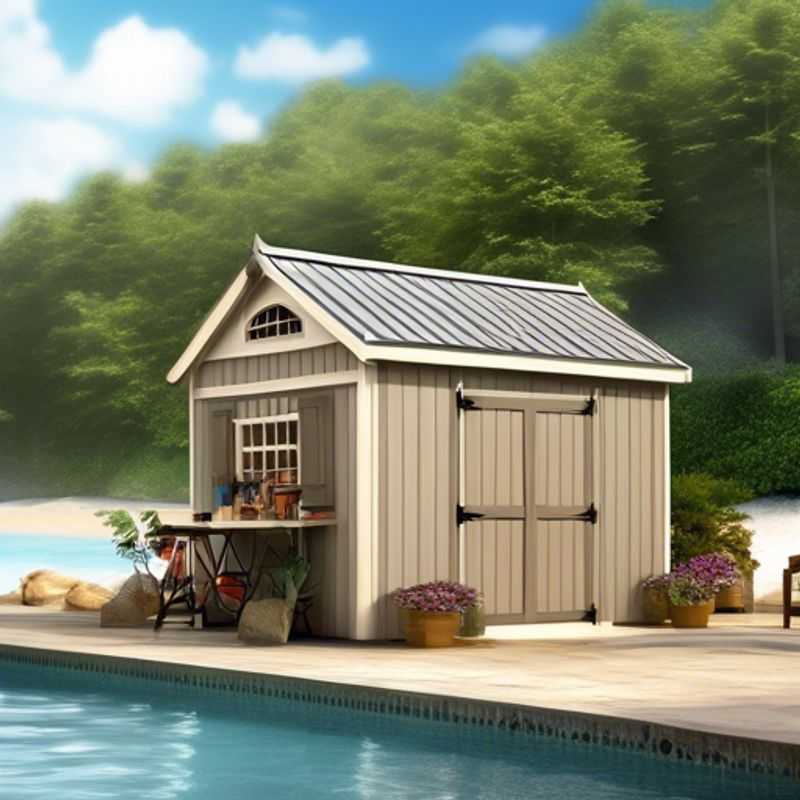
Top Things to Know Before Buying Cheap Shed Kits: A Guide for Savvy Buyers
Building a shed is a fantastic way to add extra storage space or even a cozy workspace to your property. Buying a shed kit can be a great way to save money and time, but it’s essential to do your research before making a purchase. Here are some top things to know before buying a cheap shed kit:
Verify the materials used in the shed kit are durable and weather-resistant.

Building a Shed That Lasts: Verifying Durable and Weather-Resistant Materials
When selecting a shed kit, it's crucial to verify the materials used to ensure they are both durable and weather-resistant. Common materials include wood, metal, and plastic, each offering different levels of resistance to the elements. For instance, metal sheds often come with a protective coating to prevent rust, while treated wood can withstand moisture better than untreated options. Vinyl siding is another excellent choice, as it resists fading and is easy to maintain.
In terms of durability, look for materials that are rated for extreme weather conditions, including high winds and heavy snow loads. Checking for warranties can also give insight into the longevity of the materials. Remember to consider the cost of additional treatments or coatings that may be necessary to enhance weather resistance, which can add to your overall budget.
Finally, when estimating your plan, include potential costs for delivery, assembly, and any necessary site preparation, such as a foundation. These elements are often overlooked but are essential for ensuring that your shed performs well over time.
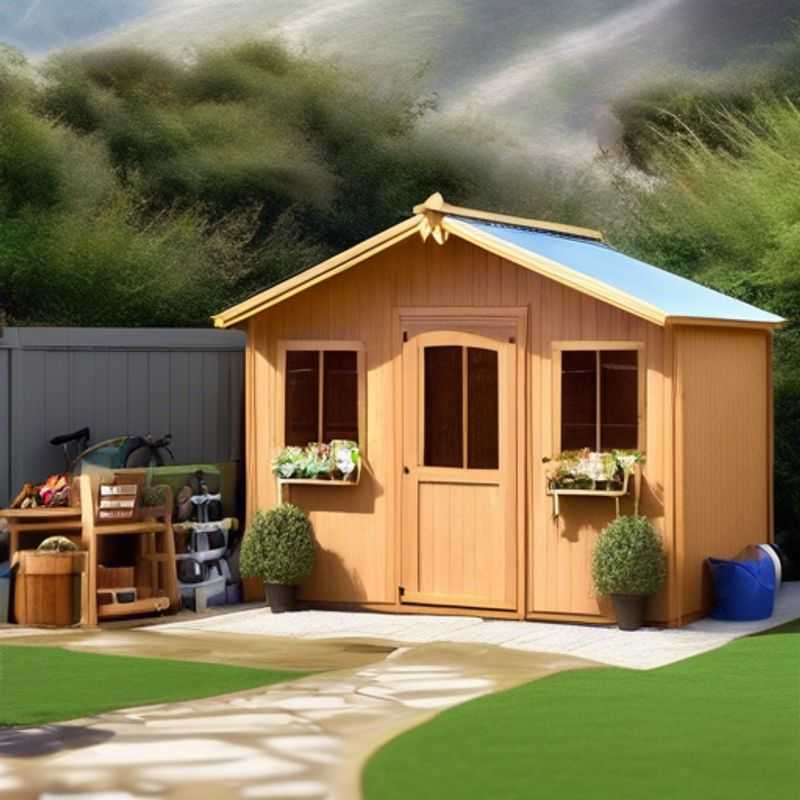
Measure Twice, Build Once: Ensuring Your Shed Kit Fits Perfectly
Before you even start thinking about the shed kit itself, you need to measure the space you have available. This is absolutely crucial to ensure the shed kit will fit properly and avoid any headaches down the line.
Measure the area where you want to put the shed. Make sure you account for any existing structures, trees, or other obstacles. This is essential for determining the maximum size of the shed you can fit.
Consider the access route. Think about how you'll get the shed kit to its final location. Will you need to maneuver around tight corners or narrow pathways? If so, ensure the path is wide enough to accommodate the shed parts during delivery.
Remember to factor in the foundation. Depending on your shed kit, you might need a concrete foundation. Consider how much space the foundation will take up and whether it will impact the overall dimensions of your shed.
Get your measurements right. Take the time to measure carefully. You'll want to be sure your shed kit fits comfortably in the space you have available. You can always adjust your shed plans if your measurements are off, but it's much easier to get it right from the start.
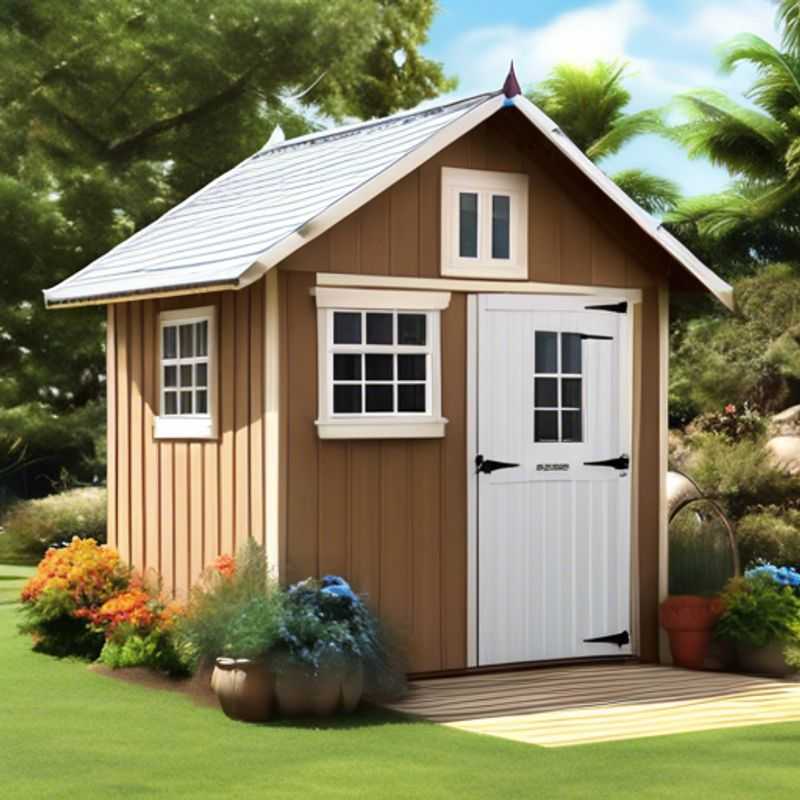
Don't Just Buy It, Read It! How Customer Reviews Can Help You Choose the Right Product
Before purchasing any product, it's crucial to check customer reviews. These reviews offer valuable insights into the product's quality, ease of assembly, and overall customer satisfaction. By reading reviews, you can get a sense of whether the product is as advertised and if it will meet your needs.
When looking at customer reviews, pay close attention to reviews that discuss assembly. These reviews can tell you whether the product is easy to assemble, if it comes with clear instructions, and if you'll need any special tools. If multiple reviews mention assembly difficulties, it's a good sign that the product may be challenging to put together. You may want to reconsider purchasing the product or be prepared for a more involved assembly process.
Reading customer reviews can also help you avoid potential issues. For instance, you might discover that the product is prone to breakage or has a short lifespan. Checking reviews is a free and efficient way to gather important information about a product before making a purchase.
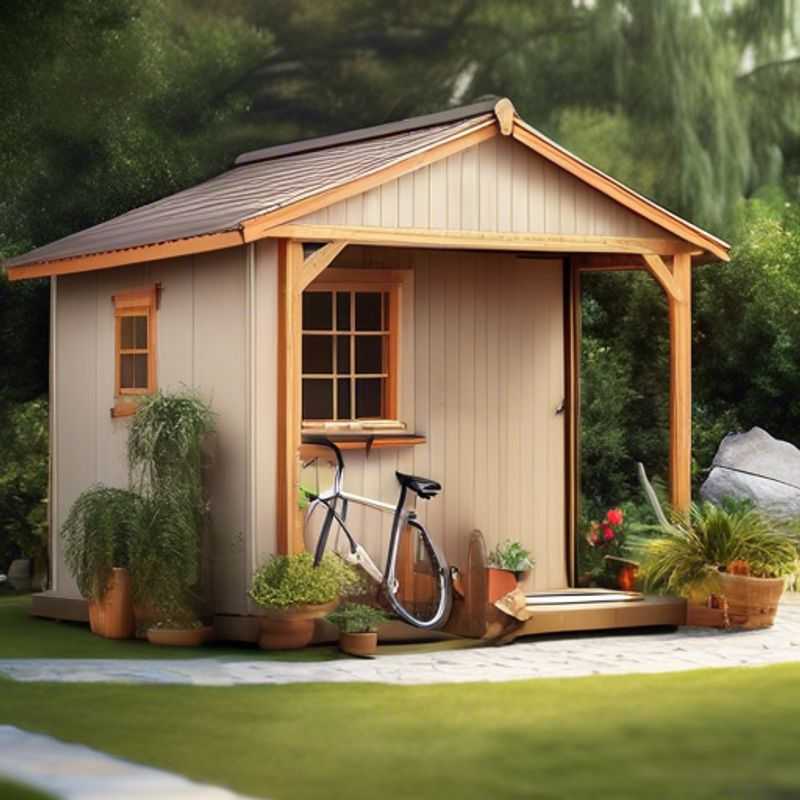
Don't Be Left in the Dark: Inquire About Warranty Coverage for Defective Parts
Don't fret if you encounter defective parts! Most products come with a warranty, offering protection against manufacturing defects. Reach out to the manufacturer or retailer where you purchased the product. They'll guide you through the warranty process and explain what's covered.
To speed things up, have your purchase details ready, like the date of purchase and the product serial number. Be prepared to provide proof of purchase, like your receipt.
The warranty will outline the duration of coverage and any limitations, such as exclusions for damage due to misuse. If you're unsure about what your warranty covers, don't hesitate to ask! It's always better to be safe than sorry.
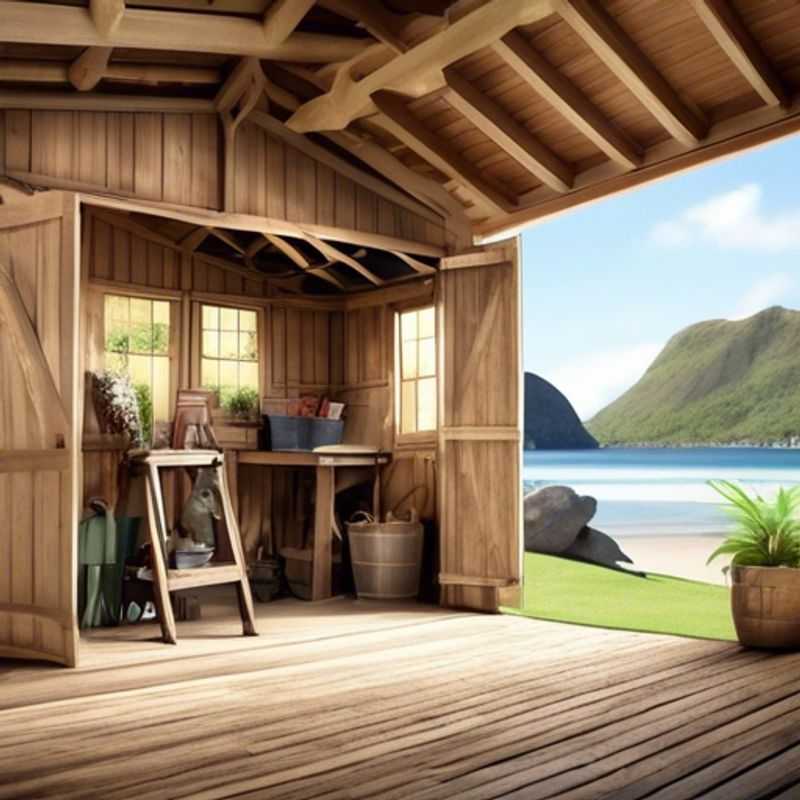
Don't Forget the Extras: Factor in Tool & Material Costs for Installation
When planning an installation project, it is crucial to factor in the cost of any additional tools or materials that may be required. This can include items such as specialized tools, safety equipment, and extra materials that are not included in the initial purchase.
Here are some key considerations:
1. Tools: Depending on the complexity of the installation, you may need to purchase or rent tools such as drills, saws, or levels. Make sure to include these costs in your budget.
2. Safety Equipment: Safety gear like gloves, goggles, and hard hats are essential for ensuring a safe work environment. These should also be accounted for in your overall cost assessment.
3. Materials: Sometimes, the quantity of materials initially estimated may not be sufficient. Always consider the possibility of needing extra paint, screws, or wiring, which can add to your costs.
4. Delivery Fees: If you need to order materials, consider potential delivery fees. This can be an overlooked expense that impacts your budget.
5. Waste Disposal: Depending on your project, you may need to account for the cost of disposing of old materials or debris. This can vary based on local regulations.
By taking the time to estimate all potential costs associated with tools and materials, you can create a more accurate budget and avoid unexpected expenses during your installation project.
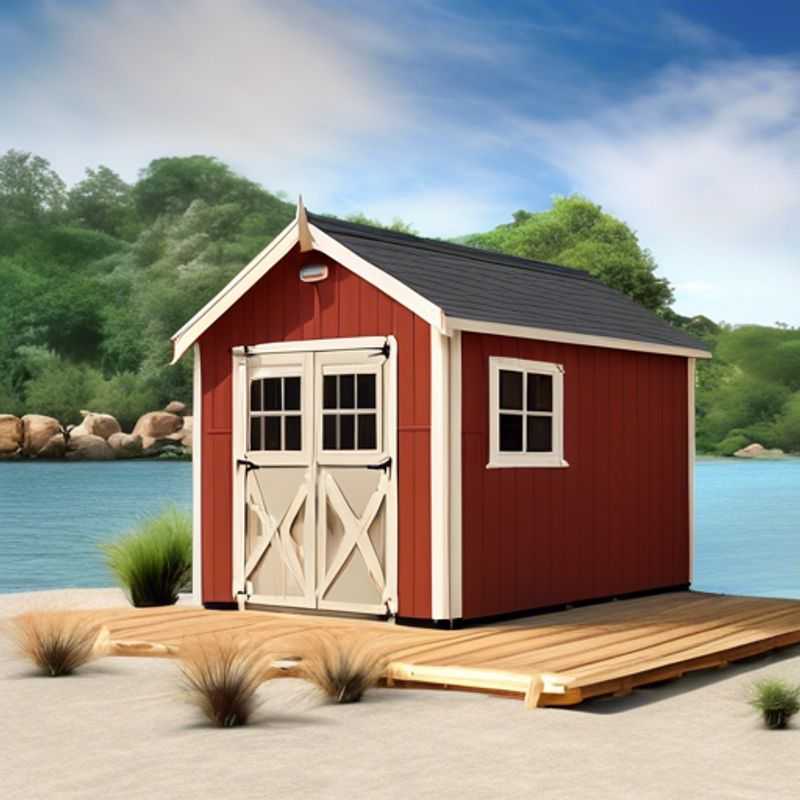
Building Code Compliance: Ensuring Your Shed Kit Meets Local Standards
Before you start building your shed kit, it's crucial to ensure it meets local building codes and regulations. These codes vary depending on your location, so contacting your local building department is essential. They can provide you with specific requirements for shed construction, such as foundation types, minimum distances from property lines, and permitted materials.
This step may involve some fees for permit applications and inspections. It's a good idea to check with your local building department for any specific fees associated with shed construction permits in your area.
Understanding and adhering to these regulations ensures your shed is safe, structurally sound, and legally compliant. You can avoid potential problems down the line and ensure a smooth construction process.
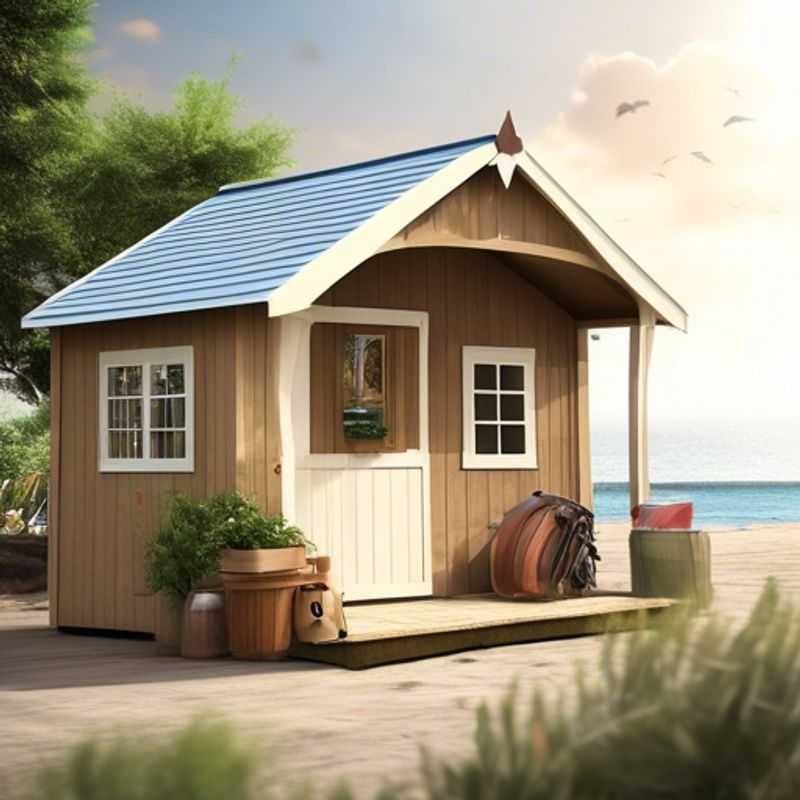
Building a Shed? Don't Forget About Long-Term Maintenance
When planning your shed, it's important to consider the long-term maintenance requirements. This includes things like painting, sealing, and repairs. The frequency of these activities will depend on the materials used for the shed and the local climate. A well-maintained shed will last longer and require less maintenance in the long run.
Here are some things to consider when estimating the maintenance costs of your shed:
Painting: You'll need to repaint your shed every few years, depending on the type of paint and the climate. Wood sheds will need more frequent repainting than metal sheds.
Sealing: If your shed is made of wood, you'll need to seal it periodically to protect it from moisture and rot. This can be done with a sealant or paint.
Repairs: Over time, your shed may need some minor repairs. This could include fixing cracks in the siding, replacing shingles, or repairing the door.
Roofing: Depending on the roof material you choose, you might need to replace the roofing every 10-20 years.
It's a good idea to factor in these maintenance costs when budgeting for your shed. You can also extend the life of your shed by using high-quality materials and taking good care of it. This includes regular cleaning, inspecting for damage, and making repairs promptly. Remember, a well-maintained shed will provide you with years of enjoyment.
